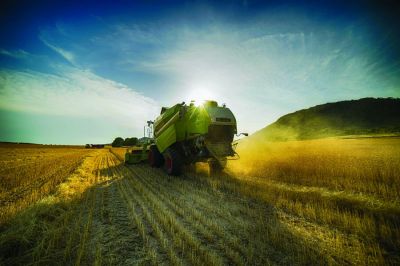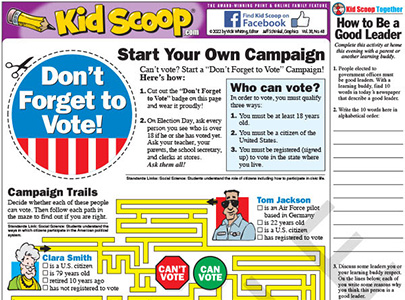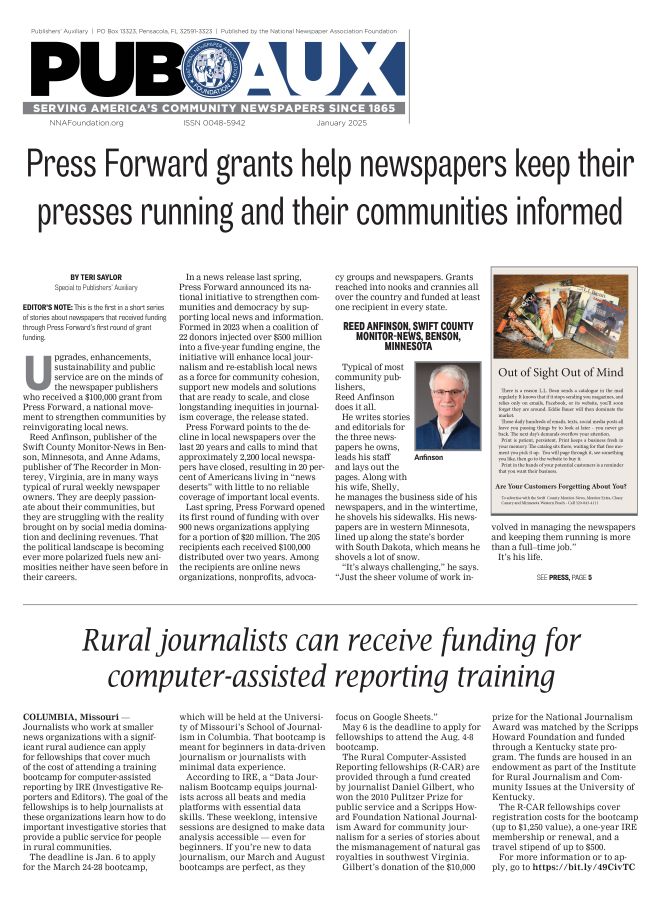Tell the stories behind the statistics
Jim Pumarlo
Jul 26, 2020


Everyday news reports are filled with statistics as COVID-19 continues to dominate headlines ... the number of individuals who have tested positive and those who have died of the coronavirus. Patients hospitalized and those in ICU. Confirmed cases broken down by gender, ethnicity and county of residence. The tally of businesses that have closed. The rising unemployment totals. Terms of financial assistance programs available at federal, state and local levels. Bankruptcy and foreclosure totals.
The pandemic is being analyzed at all angles with all sorts of statistics, but numbers are the tip of the story. Statistics ring hollow without providing interpretation and context. How does one community stack up against others? Is a community in better or worse shape than three months ago?
The final step is to tell the stories behind the statistics — to put a face behind the numbers. The pandemic offers numerous opportunities.
What is it like to be on the front lines? Interview a health care worker or first-responder.
How have individuals coped with being in quarantine or with not being able to see loved ones in long-term care facilities?
What is the next step for a business that faces no other choice than to permanently close its doors?
A brainstorming session is likely to generate more than enough stories for newsrooms to consider and pursue.
Beyond the pandemic, exploring stories behind statistics should be a regular exercise in newsrooms. Numerous examples can be found in everyday reporting.
The school board is pitching a referendum for a new school. Calculate the tax increase for a factory in the industrial park, a Main Street retail store, a cabin on the outskirts of town, a home in an established neighborhood and a residence in an upscale subdivision. Talk to representative owners and get their reactions to the proposal.
The daily police blotter reports numerous calls to break-ins and thefts in a neighborhood. The police announce a crackdown with extra patrols, and that’s reported. But have you walked through the neighborhood yourself to take a pulse of the families?
The fall harvest will soon be here. How do local yields compare to statewide and national trends? What’s the ripple effect on the local economy? Are local farm operations merging? Is a farmer forced to sell, ending three generations of family ownership? An auction signals the last chapter of a foreclosed property.
Annual reports are routinely presented at meetings of local government bodies, from a wrap-up of parent advisory council activities to building permits to public safety. Identify the most compelling statistics. Highlight those in a story, accompanied by a sidebar with the overall facts and figures. The package might even generate follow-up coverage.
You don’t have to wait for official reports. Brainstorm other ways to bring statistics to life.
Do a feature package on neighborhood activities for National Night Out. Incorporate a sidebar and graphic highlighting appropriate public safety statistics, and point out where the community is doing well and not doing so well.
Does your community have a Habitat for Humanity program? The volunteers and host family are a natural story. In addition, flesh out statistics to beef up the package. What is the available housing stock locally, and what is the average price? Is there a homeless problem, and can it be described in numbers? How many financing programs are there for first-time homebuyers?
Many communities honor a volunteer of the year. Is there an umbrella organization that compiles the total number of volunteer hours contributed by businesses and civic organizations in a year?
Round out your high school graduation story with accompanying statistics on a class’ cumulative academic achievements — specifically, what’s the grand total of post-secondary scholarships awarded to the graduates? Profile a handful of the more noteworthy recipients.
All of these scenarios present opportunities to report statistics, but a recitation of numbers without interpretation offers little substance for readers. Stories are more vivid and meaningful when names are attached to everyday news. It’s a winning formula for your newspaper and your community.
Jim Pumarlo writes, speaks and provides training on community newsroom success strategies. He is author of “Journalism Primer: A Guide to Community News Coverage,” “Votes and Quotes: A Guide to Outstanding Election Coverage” and “Bad News and Good Judgment: A Guide to Reporting on Sensitive Issues in Small-Town Newspapers.” He can be reached at www.pumarlo.com and welcomes comments and questions at jim@pumarlo.com.










